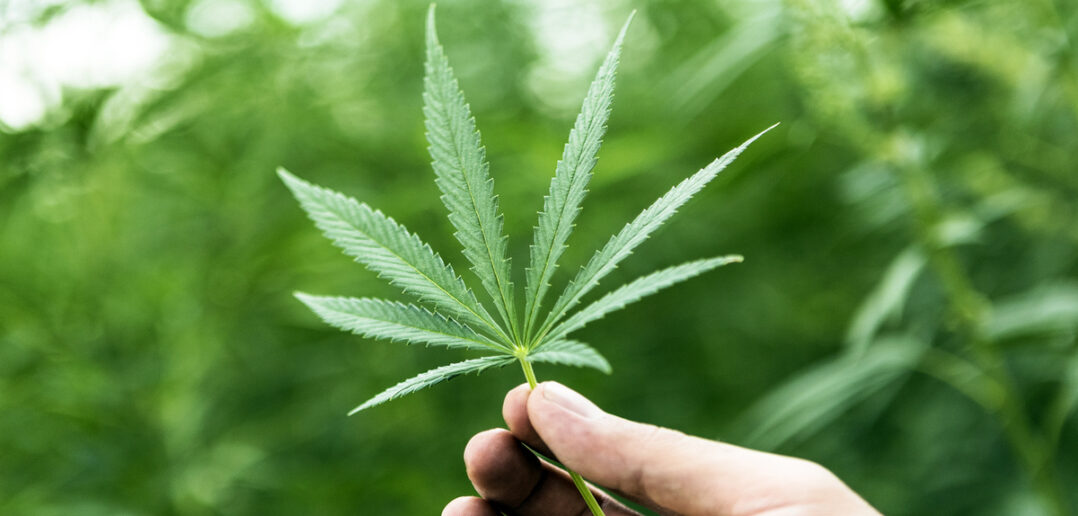Cannabis fan leaves are an excellent indicator of plant health. They play a vital role in diagnosing and curing many of the maladies that can affect cannabis. Often they are the first signs of infestations, mold, or nutrient issues within the plant.
It’s due to this that diagnosing cannabis can be tricky since a lot of these problems manifest in the leaves first. Some issues are easier to identify because they affect the leaves in a unique fashion.
One such case can be found when your cannabis leaves start to turn white. Since this is a rare phenomenon, it has distinct reasons why it could be happening.
White cannabis leaves can be a few problems that are linked to nutrient deficiencies such as magnesium and zinc, which can start as white spots. Alternatively, white leaves could be a sign of a powdery mildew problem, a common fungus that attacks the cannabis leaves.
In the beginning stages, these problems can be handled quite easily. However, if left unchecked they could spell the end of your crop and harvest.
What Causes White Leaves On Cannabis Plants?
There are several simple things you can look into when you notice your cannabis plant leaves turning white.
Any cannabis issues, if caught early, can be easily rectified with the balancing of your grow room or cannabis feeding plan.
Powdery Mildew
Powdery mildew is one of the more common issues that cannabis growers come across. This little fungus loves to land on the leaves and has a distinctive white, powdery look to it that can turn your cannabis leaves white if left unchecked.
This fungus loves humidity and will proliferate in times of humidity spikes. It is common for powdery mildew to grow when the lights go off and the humidity increases as the plants respire. It can also happen during the day when your grow lights come on and humidity increases due to transpiration.
Keep your humidity and airflow consistent and powdery mildew won’t have the conditions it needs to grow and take over the cannabis plant.
If you see powdery mildew on your cannabis plants, it’s best to eliminate it while fixing the climate in your grow room. It can still grow if it has been present beforehand.
Magnesium Deficiency
Photosynthesis is important to all plants, not just cannabis, and magnesium is the driving force behind it. A magnesium deficiency affects the leaf tips first. Then, it moves inward towards the stem. The leaching of color is called chlorosis and is a giveaway that you are having an issue with photosynthesis.
If left unchecked it can essentially stop the leaf from performing photosynthesis and will end up killing your plant.
Since calcium and magnesium work in conjunction with each other, you might also notice a calcium deficiency at the same time.
Zinc Deficiency
Zinc is another micronutrient that helps with photosynthesis. It also helps the plant survive cold temperatures and break down carbohydrates to sugars. Signs of this deficiency are usually attributed to the leaves turning yellow and white and general stunting of your cannabis plant.
Zinc also works with manganese and magnesium so ensure that those other nutrients are in order.
As you can see, it can be difficult to see a difference between a magnesium or zinc deficiency. Therefore, usually, you will treat both just in case. Zinc deficiency will usually start at the bottom of your plant and move upward if not treated properly.
Final Thoughts
You can probably tell that white leaves are usually an issue with chlorosis and problems with photosynthesis. The nice thing is that the nutrients needed for photosynthesis are never needed in large quantities so you’ll rarely come across them.
In fact, you’ll probably see powdery mildew more often than an issue with chlorosis. Luckily, all of these issues are easily fixed if caught in time.
Find out more about different sigs your cannabis plant is trying to show to you, such as – red stems, black spots on the leaves, and much more!







